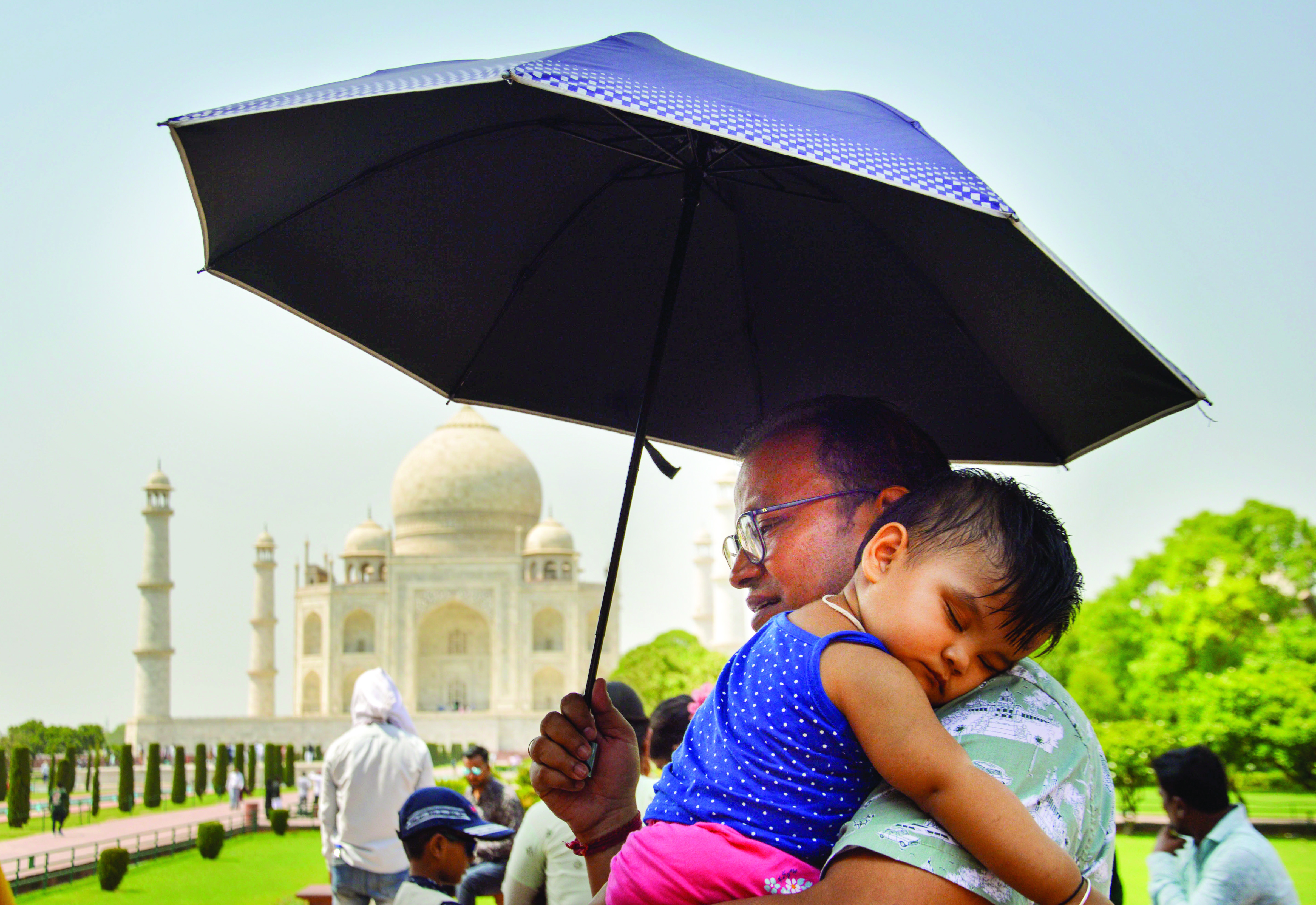May heatwave 1.5 deg C warmer than past extremes

New Delhi: Heatwaves similar to those experienced in May in India are almost 1.5 degrees Celsius warmer than the warmest heat waves previously observed in the country, according to a new rapid attribution study by an independent group of climate scientists and researchers.
The research said the intense and prolonged heat wave India endured in May was a result of the naturally occurring El Nino phenomenon -- unusual warming of the ocean surface in the central and eastern tropical Pacific Ocean -- and the rapidly increasing concentration of greenhouse gases -- primarily carbon dioxide and methane -- in the atmosphere.
The researchers analyzed how events similar to the high temperature in India’s May heatwave changed in the present (2001–2023) compared to what they would have looked like if they had occurred in the past (1979–2001). “The precipitation changes do not show any significant variations,” the analysis read. “There are no technological solutions for adapting Indian metropoles for temperatures approaching 50 degrees Celsius. We should all act now to reduce CO2 emissions and avoid exceeding vital temperature thresholds in large areas of the subtropics,” said Davide Faranda of French National Centre for Scientific Research.
Gianmarco Mengaldo of National University of Singapore said the findings show the complex interplay between natural variability and climate change, with the latter playing an important role in critical synoptic-weather-pattern changes in tropical and subtropical regions that may significantly aggravate heatwaves in the near future.
The world is witnessing weather extremes under a combined effect of the 2023-24 El Nino and human-caused climate change. May 2024 was the warmest May ever and the last 12 consecutive months — June 2023 to May 2024 — have broken temperature records for each corresponding month.
Northwest India and parts of the central region reeled under a punishing heatwave in May which tested India’s disaster preparedness, with several states reporting heat-related deaths. There are concerns that heat waves in April and May have played a role in the lower-than-usual voter turnout during the seven-phase general elections in India that began on April 19 and ended on June 1, the second longest after the 1951-52 Parliamentary elections. According to the Central Water Commission, water storage in 150 major reservoirs in India dropped to just 22 per cent of their live storage this week, exacerbating water shortages in many states and significantly affecting
hydropower generation. The intense heat has already driven India’s power demand to a record 246 gigawatts, with air conditioners and coolers in homes and offices running at full capacity.



